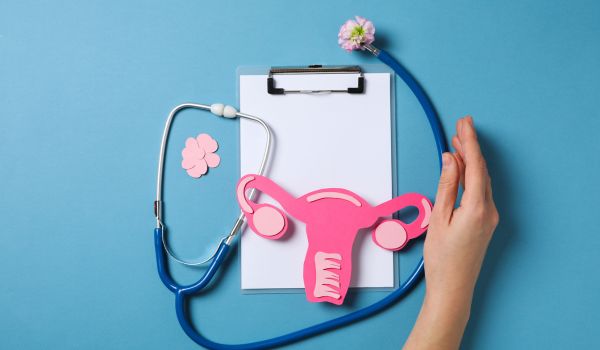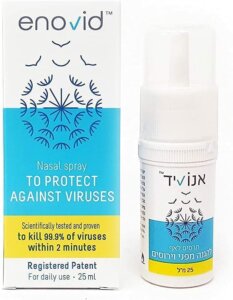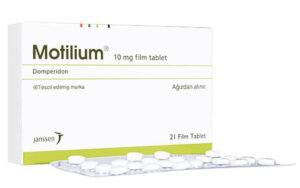
The dissatisfaction is only made more acute by the revolution in the treatment of male sexual difficulties over the past two decades, with a wide range of simple treatments for erectile dysfunction now available. For men, handling sexual performance issues is front-page news, with advertisements for solutions everywhere. But nothing quite as dramatic has happened for sexual dysfunction in women, so it remains under the covers.
I finally came to the conclusion that maybe I was searching for help in the wrong place. Family doctors are general practitioners who have spent most of their training years and practically all their working hours dealing with diseases, trauma, and infection. What I was trying to improve was not, unless it significantly impacted my day-to-day life, exactly a dramatic dysfunction. Until I had realized this, I was the equivalent of a trained athlete going to her family doctor simply because I couldn’t shave a few seconds off my lap time in the 400-meter dash. Of course, the athlete would go to a trained sports physician. So, I should have been doing the equivalent, which is to approach a doctor who specializes in the female body, with particular emphasis on sexuality. These doctors do exist, and there’s even a professional body, the American Sexual Health Association (ASHA), that deals with this area the same way that specialists in other health areas do.
Armed with this new approach, I found a new path to travel, and I’m pleased to share some of the things I learned along the way.
The Female Sexual Function Index (FSFI)
After a bit of research, I discovered a tool that specialist doctors can use as a structured self-assessment guide: the Female Sexual Function Index (FSFI). This index asks a series of questions centered on the six main factors of sexual function in women: desire, arousal, lubrication, orgasm, satisfaction, and pain. I approached my doctor armed with this knowledge, finally brave enough to move this topic to the light of day. I’m pleased to say that an entire new world has bloomed for me, with much more discussion about where I am now and how to move forward.
Understanding the Female Sexual Function Index
When doctors talk among themselves, they easily slip in phrases that would be avoided in “good company,” such as “orgasm difficulty” and “female coital incontinence” (which means peeing during sex). But getting them to speak with lay people like me, using terms they are afraid might offend me, is a difficult task, so the complete subject is often dropped.
With a self-assessment tool, such as the FSFI, that a woman completes in complete privacy, doctors get an insight into a woman’s levels of sexual pleasure (or lack thereof), comfort, and interest. With such information, doctors can begin to approach their patients with an improved level of knowledge and empathy. In most cases, applying the right psychological, behavioral, or pharmaceutical therapy can quickly improve a patient’s experiences in this previously hidden subject, with positive feedback for ongoing treatments.
What are the main issues causing female sexual dysfunction?
Female sexual dysfunction (FSD) is a widely recognized condition whose incidence increases quite dramatically as women age into menopause. As we wrote before, “myths about the inevitability of a decline in a woman’s interest in and enjoyment of sex after menopause have been part of life and legend”. However, it’s not as if there’s a gunshot fired that marks the start of a downhill race. Sexual dysfunction can also occur in women much earlier in their lives and can even begin when they first mature into womanhood. In many instances, they lack the psychological resources and knowledge needed to handle these dramatic changes to their bodies and personalities. In some cases, the cycle begins when girls or young women have their first sexual encounter and do not have the support to handle these dramatic changes to their bodies and personalities.
The primary factors that can lead to sexual dysfunction include physical changes, psychological factors, and relationship issues.
Hormonal shifts during menopause can impact all aspects of sex. Declining estrogen levels often cause vaginal dryness, which can make sexual activity unpleasant or even painful. There’s also a change in the testosterone/estrogen balance. Although testosterone is usually associated with male sexuality, it also plays a significant role in the female libido, and its influence grows once menopause sets in.
Psychological aspects like stress, anxiety, depression, and low self-esteem can also have an impact on a woman’s desire and arousal.
Certain physical ailments such as diabetes, heart disease, and neurological disorders can affect function, while pelvic floor disorders like organ prolapse or bladder problems may cause discomfort during intercourse.
Additionally, the quality of a woman’s relationship with her partner plays a role in her sexual functions. Communication challenges, lack of emotional closeness, and unresolved conflicts can all contribute to decreased sexual desire and satisfaction. It’s worth noting that a partner’s own sexual issues can influence a woman’s health.
Addressing Female Sexual Dysfunction
Promoting open communication
The first step needed in tackling sexual dysfunction involves encouraging open dialogue between women and their healthcare providers. It’s important for women to feel empowered to discuss their well-being without feeling ashamed or judged. Healthcare professionals should also take the lead in discussing health during check-ups. The same goes for open-channel communication between partners. It shouldn’t be considered a one-sided issue that a woman has to live with on her own.
Education and counseling
Providing information on sexual health and normal sexual function can help women gain a more in-depth understanding of their bodies. Counseling sessions with a trained professional, whether done alone or with a partner, can address aspects and strengthen relationship dynamics. Seeking sex therapy can be especially helpful in addressing these concerns.
Medical interventions
Various medical treatments are available to manage female sexual dysfunction, such as:
- Hormone replacement therapy — estrogen and testosterone supplements can ease symptoms related to changes.
- Remedies for issues like vaginal dryness and genitourinary syndrome of menopause (GSM) come in the form of creams such as VagiFem and Premarin Vaginal Cream.
It’s also essential to recognize the central role of vaginal health in treating sexual problems.
Adopting Lifestyle Changes
Making lifestyle adjustments can enhance sexual health. Engaging in physical exercise activities, following a well-balanced diet, and practicing stress relief techniques can boost physical and emotional well-being. Quitting smoking and moderating alcohol consumption can also contribute to improved function.
Conclusion
Sexual dysfunction has multiple faces and is a highly sensitive issue for most women. With a few simple steps, women can start understanding the underlying factors and use tools such as the FSFI. Managing FSD involves opening communication channels with healthcare providers and partners, getting education, counseling, medical treatments, and lifestyle adjustments as needed. It’s important to discuss sexual health to give it the care and attention it needs.















